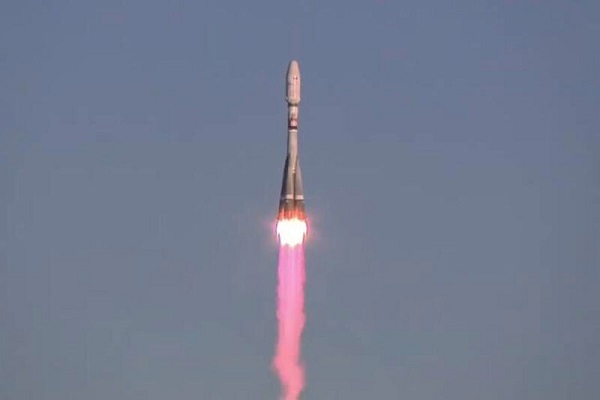
TABNAK, Nov, 06 : Receiving the signals has several meanings. Firstly, the launch was completely successful, and secondly, the operation of the satellite and its successful separation from the carrier, said Hossein Shahrabi, the CEO of Omidfaza, a private Iranian company behind the manufacturing and launching of the two satellites.
“For us, this reception means the complete opening of the satellite antennas and their successful exit from the carrier,” he added.
Kowsar and Hodhod were launched into orbit from the Vostochny spaceport in eastern Russia on Tuesday, using a Russian Soyuz satellite launcher.
The data and images from the two satellites will be suitable for use in agriculture, land surveying, transport, and the environment.
Kowsar is a remote-sensing satellite with the capability to capture high-resolution imagery for various purposes across the agricultural, natural resources, environmental, and crisis management fields among other areas.
Hodhod has, meanwhile, been described as a small-sized satellite with communication applications, including creation of communication networks and contributions to the Internet of Things (IoT).
The achievements come despite the Islamic Republic’s suffering from decades of unilateral sanctions imposed by the United States and its Western allies.
The developments and numerous other successful efforts on the part of the country have awarded it a place among the world’s top 10 nations that are capable of developing and launching satellites.
According to Salarieh, the country would be launching up to seven more satellites into space during the next five months, using Qa’em and Simorq, another homegrown Iranian SLV.